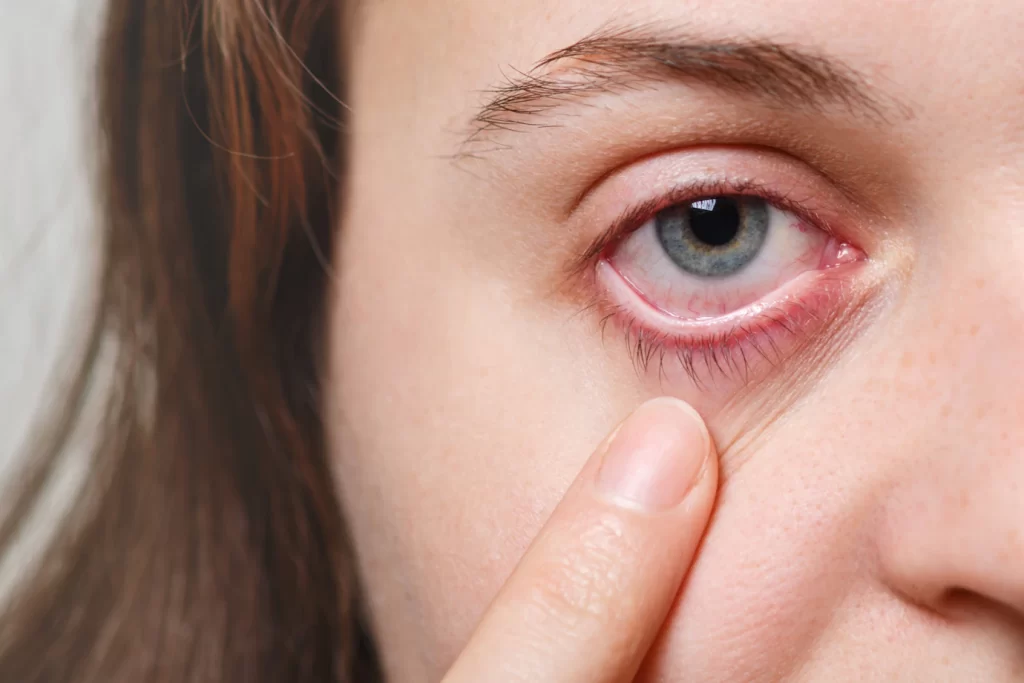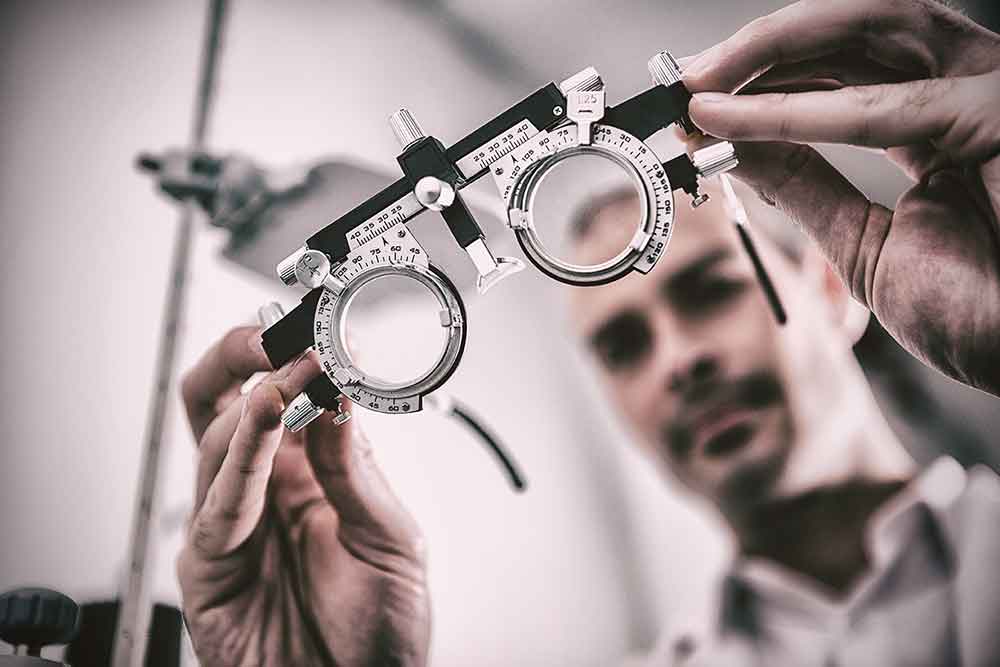
When something gets into the eyes, whether it be an eyelash, sawdust, sand, or dirt, this is considered to be a foreign body. Irritation or pain is typically the primary symptom. Depending on what it is and how the injury occurred, the foreign body may pierce the eye and cause major injury, or it may just fade away with no long-term problem. The severity of the injury depends on both factors.
It’s possible that the foreign object will set off a chain reaction of inflammation, which will lead to the expansion of the capillaries in the area and, as a consequence, swelling of the eyelids, conjunctiva, and cornea. It is possible for an infection to develop if a foreign body is not removed.
If something has been caught in your eye for more than a couple of hours, you should immediately stop trying to remove it on your own and seek medical attention instead. It is important to keep in mind that the eyes are an extremely fragile organ, and any attempt to do something unusual or adventurous with them can only have bad and undesirable outcomes. If the foreign body you are referring to is not causing you a significant amount of discomfort, then it is recommended that you visit an eye doctor to get it taken care of. If that doesn’t work, you might need to contact the emergency services in your area.
If there is something foreign in your eye, like a piece of grit, our eye doctor may try to remove it by first administering anesthetic eye drops in your eye in order to numb it and prevent any discomfort from occurring. If this is the case, we apologize for any inconvenience this may cause.
If the foreign body is easily accessible, it may be feasible to remove it from your eye by simply rinsing it with water, or by wiping it away with a cotton wool bud or triangle of card if the foreign thing is small enough. In the event that this does not work, however, your eye doctor may try to extract the foreign substance by lifting it out of the eye with the point of a small metal instrument.

Especially if you can feel anything there, or if you have scratches or grazes (abrasions) on the top half of the clear outer layer of your eye, the foreign body may be caught behind your upper eyelid. This is especially true if you can feel something there (cornea).
It is possible that your eye will feel a little sore until the abrasion heals after the effects of the anesthetic eye drops have worn off. No matter what is going on with your eyes, if you are experiencing pain or even if you have the slightest suspicion that a foreign body has entered the outer layer of your eye, you should get to the treatment facility as soon as possible. It is possible to lose your vision, get cataracts at an earlier age, and sustain damage to the retina if no action is taken; thus, you should not take any chances because delaying treatment is risky.
Abrupt impairment or loss of vision
Sudden double vision
Suddenly bloodshot and aching eyes
Pink Eye
Flashes and/or floaters that just started appearing
A foreign object was found in the eye (especially metal or chemicals)
Symptoms of increased swelling or discomfort following eye surgery
DO NOT apply any pressure to an injured eye, and DO NOT let the person rub their eye (s).
DO NOT try to remove a foreign body that is lying on the cornea (the clear surface of the eye through which we see) or that looks to be embedded in any portion of the eye. This includes the conjunctiva (the white area of the eye) and the iris (the colored part of the eye).
DO NOT touch the eye with dry cotton (including cotton swabs) or sharp devices (like tweezers).